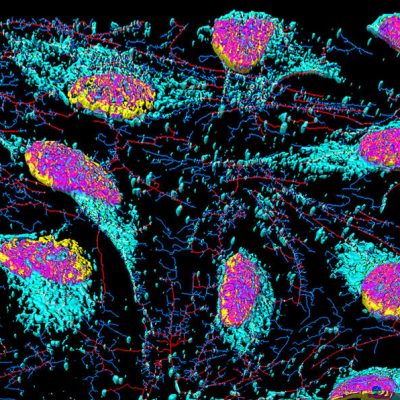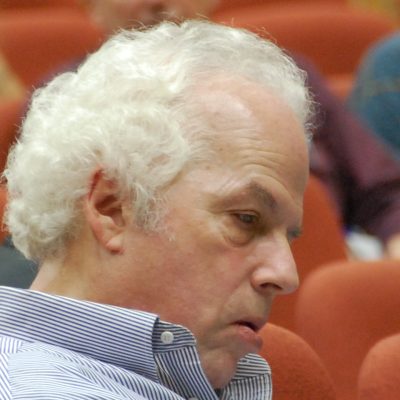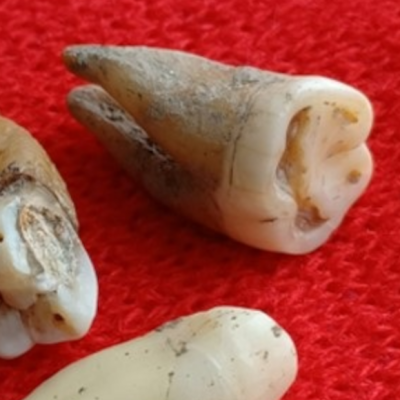A new study from the University of Nottingham has found that herd immunity against SARS-CoV-2 may be achieved with a smaller percentage of the population possessing antibodies than previously thought. Epidemiologists had previously estimated that herd immunity would be reached when at least 60% of the population had antibodies against the virus. However, this assumption was based on the idea that all population groups would be equally immune. While a vaccine may eventually achieve this, currently antibodies only form in infected individuals. The new study takes into account the age and activity levels of different population groups, and finds that herd immunity may be achieved with only 43% of the population possessing antibodies.
The original estimate was based solely on immunity after recovering from an infection, which varies significantly between age groups. The team behind the new study used a reproduction number of 2.5, meaning that each infected person spreads the virus to between two and three others, and found that herd immunity may be achieved with a smaller percentage of the population than previously thought. However, the lead author of the study, Frank Ball, notes that these calculations are meant to illustrate that herd immunity depends on many factors and is not a fixed number. Holden Thorp, the editor-in-chief of Science Magazine, notes in a guest commentary that no country has yet achieved herd immunity with only 43% of the population possessing antibodies.
While the study provides new insights into herd immunity, it is important to note that the percentage of the population with antibodies varies widely between regions. In Stockholm, for example, 26% of the population has antibodies, while in Madrid the number is only 10%. The study highlights the need for continued research into the factors that contribute to herd immunity, and the importance of developing effective vaccines to protect against the virus.









